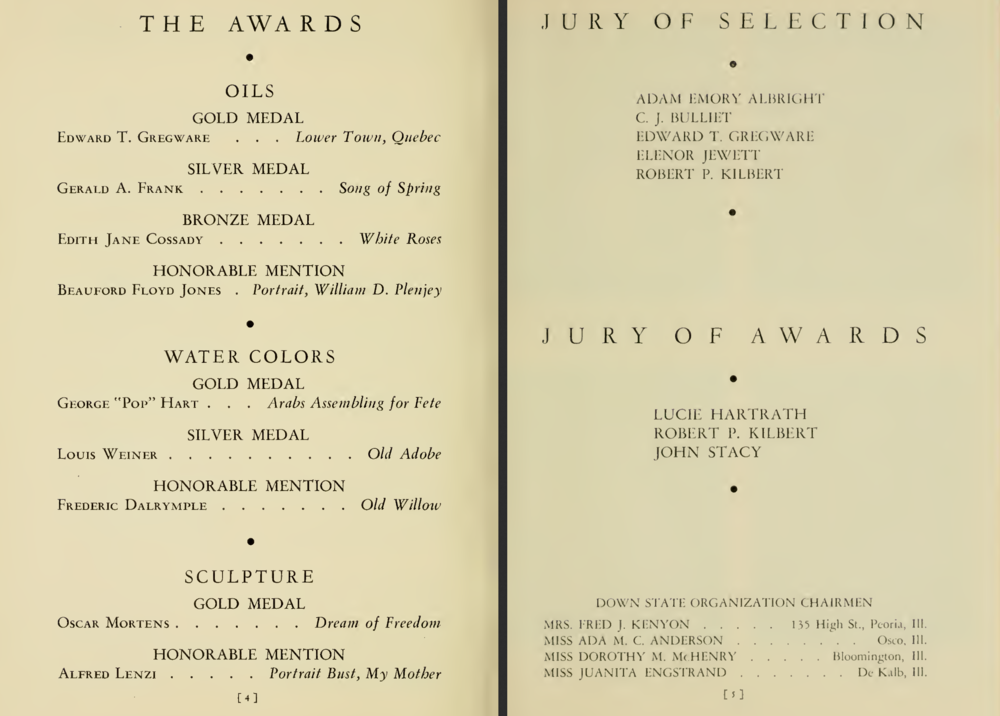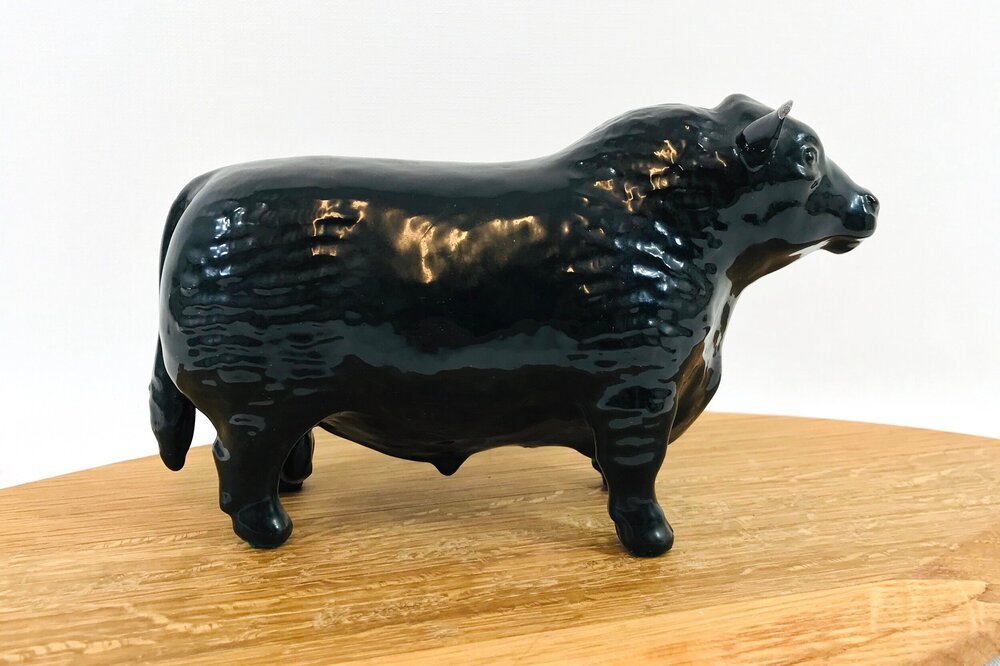MORE TO LEARN ABOUT MORTENS STUDIO
Collectible figurines, particularly animals, are not as highly valued these days as they were in my grandparents’ time. Because really, how many people have curio cabinets or decorative shelves to devote to the display of little creatures?
Mortens Studios, a line of finely crafted figural sculptures, were produced for a short two decades, in sharp contrast to other creators of animal figurines that produced fine ceramics and porcelain for many decades, some even inching closer to a century of production.
There is scant material on Mortens Studios, making the history just that much more intriguing. Oscar Mortens immigrated from Sweden to Illinois after studying at the Academy of Fine Arts in Stockholm and the Berlin Academy of Art. He opened his studio at the beginning of the 1930s and from there created sculptures, mostly small, until about 1950. (So little information exists about him and what happened after he closed his studio may be lost in time.) In addition to busts and lamps, he became known for companion animals in the later years.
What distinguishes these from porcelain or ceramic figures (think Beswick or Doulton) is the technique: his sculptures begin with a metal and wire frame over which is pressed and shaped a plaster/ceramic mixed medium. Each is then painted and glazed.
Oscar Mortens won the Gold Medal for sculpture in 1933 for a piece titled 'The Dream of Freedom' from The All Illinois Society of the Fine Arts.
Consider the Angus bull. This hefty guy was created near the end of the Art Deco era and reflects an artistic, rather than realistic, flair. He is truly exceptional, and a very early piece in the history of Mortens Studio.
We acquired it from an estate that had roots in Pennsylvania before coming to ranch in the Interior of British Columbia. This bull was in their family from the 1930s, potentially acquired directly from the studio. There are no other examples of Mortens Studio bulls or cattle that we can find.
This bull is noticeably compact compared with other models of cattle or livestock. He has squat legs and a very generous girth, and gives the impression he may waddle rather than walk. During the first third of the twentieth century, the trend to earlier-maturing, smaller-framed, earlier-fattening cattle continued at a gradual, increasing rate that began in the late 1800s. For example, the 1931 International Champion bull, “Revelation 100,” was long-bodied but relatively short-legged, and “Bandolier of Anoka 6th” Grand Champion Angus Bull, 1937 International, was the smallest-framed, shortest-legged, most compact bull up to that time. In fact, this Mortens bull could be Bandolier of Anoka 6th just based on that description. By the 1930s bulls were almost half as big as their cousins from the 1800s.
This bull is more artistic and modernist compared with later animal figurines. A solid 2.4 pounds, 7.5" nose to tail, 3" wide and 4.5" tall to his ears.
Early Mortens figurines have an embedded label that says Copyright by the Mortens Studio. Later pieces were stamped on painted bases.
Another example of Oscar Mortens' skill at sculpting and building is this crouching lynx creating during the period he was honing his skills at sculpting animal musculature and expression. We estimate this piece was done later in the 1930s, compared with the bull that is definitely an early piece. The development of facial expression in Mortens' work can be traced in his companion and wild animal sculptures.
This crouching lynx has a world of expression in his face, colouring, and stance. We cannot find any other examples of Mortens Studio wild kingdom creatures. Its cousins are likely to have been destroyed or severely damaged owing to the fragile nature of its construction. This guy has expected crazing and yellowing, and several small knicks.
A later example of Mortens figural pieces is this German Shepherd. Companion animals appear to have been the mainstay of the studio in the second decade. However, a shepherd in this particular position is scarce, most dogs are sitting or standing.
This Shepherd has great character and attentiveness in his gaze. Most dog figurines by Mortens are sitting or standing, it is rare to find one in this position. The tips of his ears and a few toenails show expected wear.





